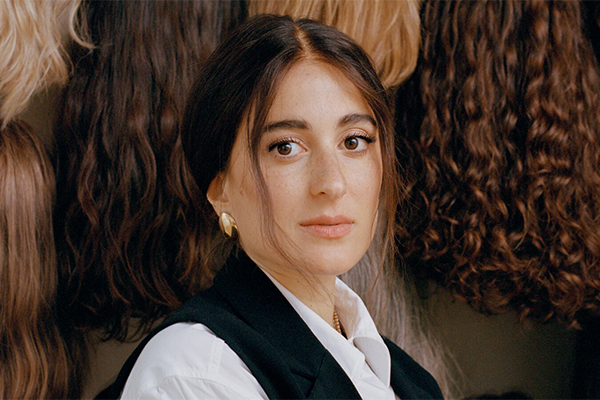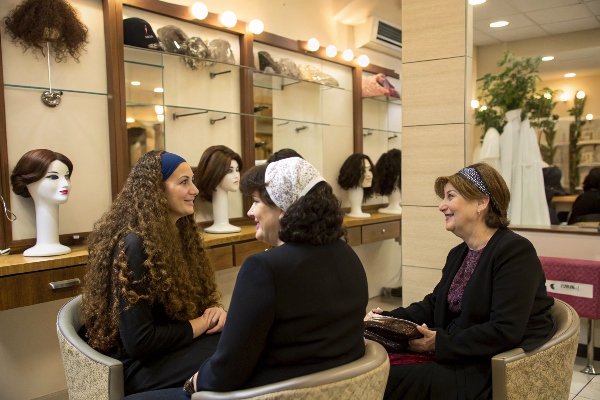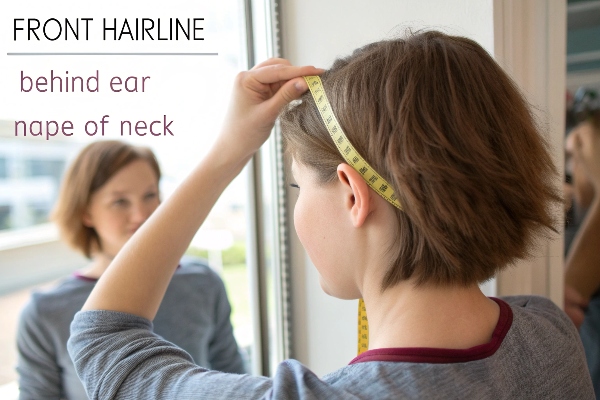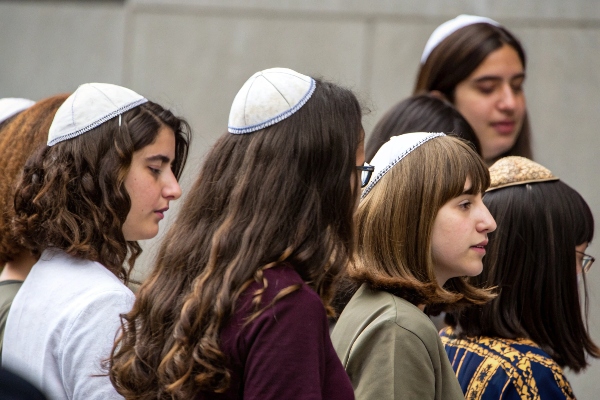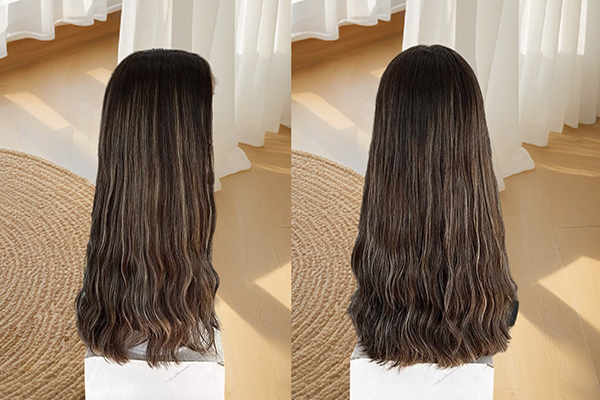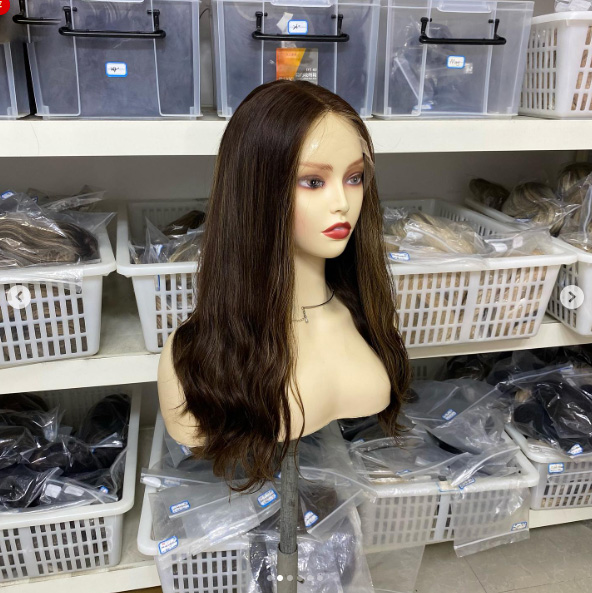Jewish wigs, often known as sheitels, have specific origins. Where are they from?
Many Jewish wigs are sourced from countries like China, and Europe, where high-quality hair is harvested and crafted into wigs that meet religious standards.

The meticulous sourcing process ensures that each strand of hair is not only of superior quality but also ethically obtained1. This commitment to ethical practices resonates with the values of many within the Jewish community. Ultimately, the careful attention given to sourcing aligns with both quality and spiritual guidelines, ensuring that the wigs remain authentic expressions of faith and cultural identity2, while also enhancing the personal dignity of the wearer.
What Is the History Behind Jewish Wig Wearing?
Understanding tradition enriches appreciation. What is the history behind this practice?
Wig-wearing dates back to the 18th century in Eastern Europe, where Jewish women began using wigs for modesty. It was an adaptation to cultural changes and religious laws that emphasized the importance of covering one’s hair after marriage.
The sheitel became a symbol of both adherence to tradition and a means of embracing evolving social norms. Over the centuries, this practice has symbolized a balance between maintaining faith and adapting to modernity, reflecting the resilience and resourcefulness of Jewish women throughout history.
Do Some People in Judaism Wear Wigs?
Cultural practices vary. Do some Jewish individuals prefer wigs?
Yes, many Orthodox Jewish women wear wigs as they adhere to the religious mitzvah of modesty, covering their hair after marriage with sheitels.
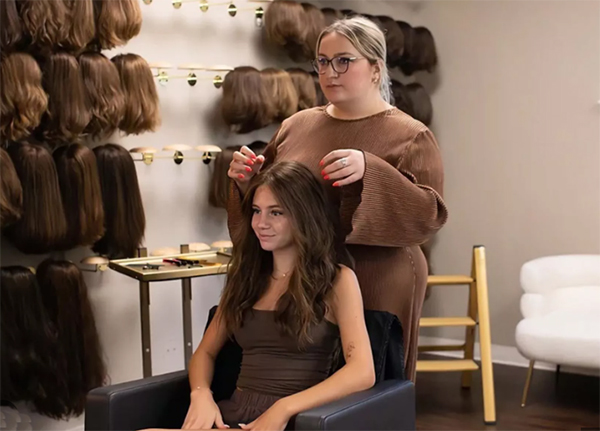
Wearing wigs serves as a balance between observing tradition and personal style.
This practice not only fulfills religious obligations but also allows women to express their identity and personal style creatively. For many, wearing a sheitel3 is a blend of tradition and modernity, providing a way to embrace their faith while enjoying contemporary fashion. Additionally, the diverse styles available enable women to choose wigs that reflect their individuality, enhancing both their confidence and sense of connection to their cultural heritage.
When Did Wigs Replace Head Scarves for Orthodox Women?
Changes in fashion often mirror deeper traditions. When did this shift occur?
In the late 1700s to early 1800s, wigs began replacing headscarves among Jewish communities in Europe, offering a modern alternative that maintained religious observance.
As societal norms evolved, women sought ways to balance their desire for modesty with contemporary styles. The adoption of wigs, or sheitels, allowed for greater versatility and personal expression while still adhering to traditional values of covering one’s hair after marriage. This transition reflects not only changing fashion trends but also the resilience of Jewish culture4, demonstrating how communities adapt and reinterpret their practices in response to the evolving world around them while continuing to honor their religious commitments. As wigs gained popularity, they became a significant symbol of identity and faith for many, emphasizing the connection between appearance, tradition, and personal choices.
Why Do Orthodox Jewish Women Wear Wigs That Look Just Like Their Natural Hair?
Wigs can closely resemble natural hair. Why is this choice common?
Jewish women normally wear high-end wigs,These wigs blend modesty with personal identity, allowing women to adhere to religious laws while maintaining their appearance and sense of self.
For many Orthodox Jewish women, wearing a sheitel that mimics their own hair not only fulfills the religious requirement of hair covering after marriage but also helps in preserving their individual style, enhancing their confidence and self-expression. This choice serves as a powerful statement of identity, enabling them to engage with the world while staying rooted in their beliefs. The ability to choose wig styles that reflect their personality allows these women to strike a balance between faith and fashion5. This approach respects tradition without sacrificing individuality or style, ensuring that they feel comfortable and beautiful in their everyday lives. Ultimately, such choices showcase the dynamic nature of cultural practices, illustrating how faith and personal expression can coexist harmoniously.
Conclusion
Jewish wigs intertwine deep tradition, religious laws, and cultural adaptation. Understanding their origins, history, and purpose offers insight into a practice that honors both faith and personal expression.
Understanding the meaning of ‘ethically obtained’ can deepen your appreciation for responsible sourcing practices. ↩
Exploring the connection between cultural identity and fashion can enrich your understanding of personal expression and community values. ↩
Learn about the sheitel’s role in blending faith with fashion and its cultural importance. ↩
This resource will help you understand the dynamic nature of Jewish culture and its response to contemporary influences. ↩
This resource will provide insights into how individuals blend their beliefs with personal style, showcasing the harmony between faith and fashion. ↩

